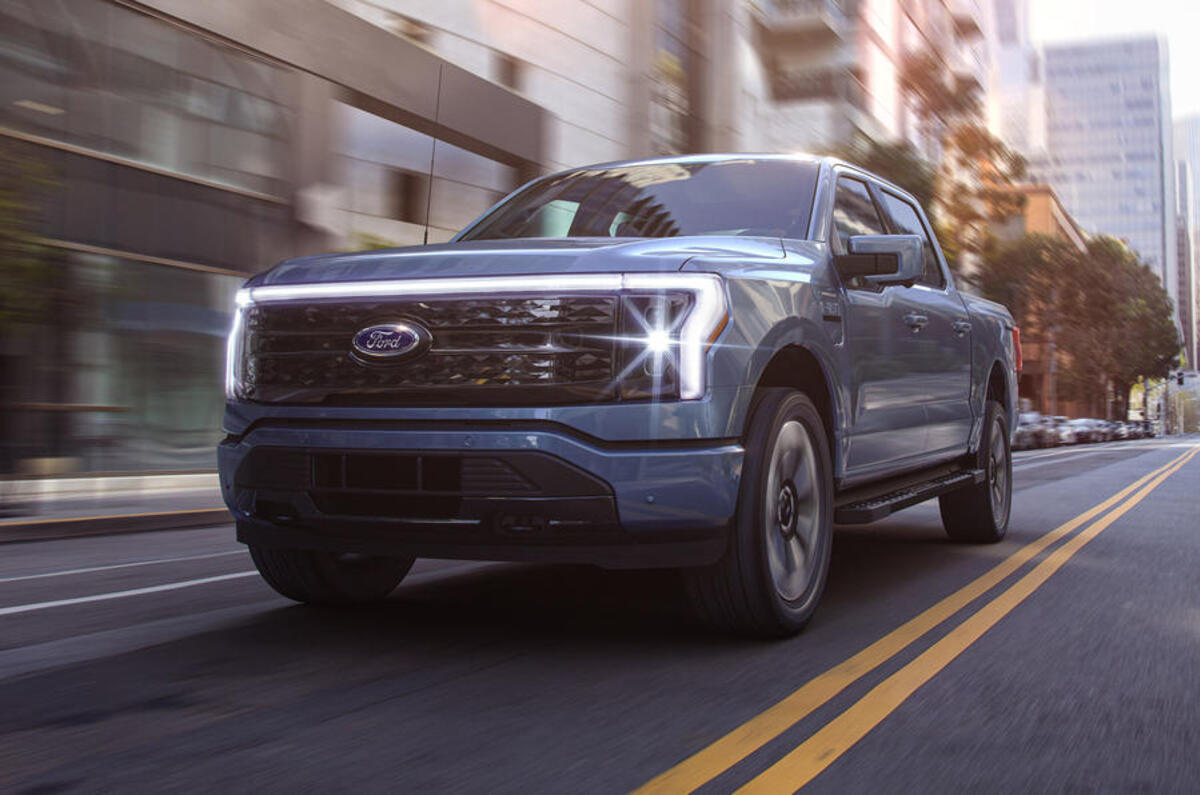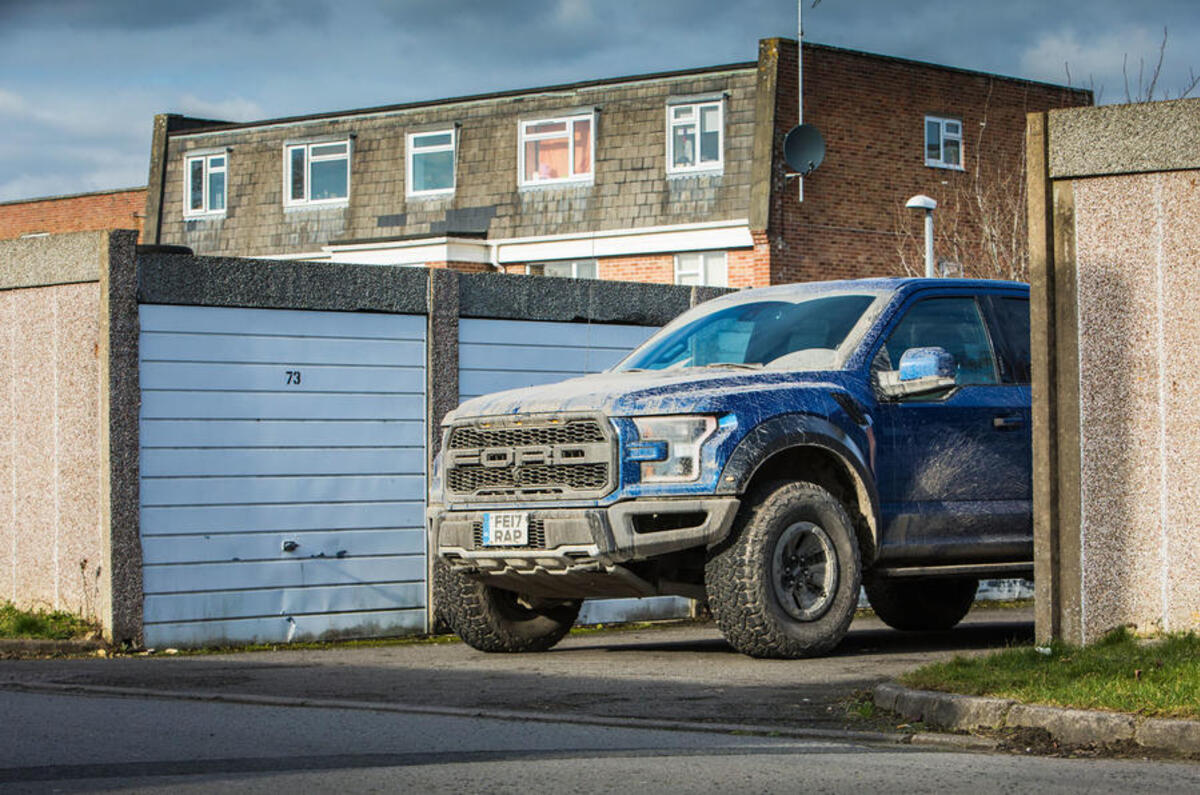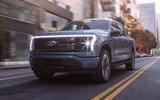The Ford F-150 Lightning is unlikely ever to be sold in the UK. That’s for a variety of reasons, including that the pick-up would barely fit on our roads. Believe us: we once tried. Still, even if it will be seen in only North America, as the first fully electric version of America’s best-selling vehicle, the significance of the F-150 Lightning can’t be overlooked.
When the history of the EV is written, the F-150 Lightning has the potential to be a true milestone vehicle, alongside the likes of the Renault Zoe, Nissan Leaf, Tesla Model S and a select few others.
Why? Well, for starters, the US does not – yet – have emissions legislation as tough as the UK's, mainland Europe's or China's, which is really forcing manufacturers to build and sell EVs. That might come under president Biden's administration, but Ford doesn’t have to make or sell the F-150 Lightning at this time. But it’s clear which way the industry is going, and with consumers increasing aware of such vehicles, Ford needs to prove it can keep up with Tesla - especially given that firm’s impending F-150-rivalling Cybertruck.
Some context, for those not wholly familiar with the American truck market. Pick-ups dominate the US car market: five of the top 10 best-selling vehicles last year were trucks. And Ford’s F-Series, which includes the F-150 and a range of somehow even larger machines, leads the way: the firm sold 787,422 in the US last year, and before the pandemic, eclipsed a million annual sales.
The key is where in the US most of those vehicles are sold - and it’s not in states such as California, where hybrid and electric cars are most popular. Around a sixth of all F-Series trucks sold are to buyers in Texas, a stronghold of the oil and gas industry. And it’s such markets that will be the hardest to switch to electric vehicles.
To sell EVs in places such as Texas, Ford and other car firms will need to show that there are benefits to such vehicles compared with petrol-powered versions. Ford is certainly out to do that with the F-150 Lightning, highlighting a raft of features designed to make it a more capable workhorse: the extra torque, the massive 400-litre ‘frunk’, built-in payload scales and even the ability to use it as a generator that can power a house for three days. That might resonate with buyers in Texas, given the collapse of the state’s power grid during winter storms earlier this year…











Join the debate
Add your comment
I hear many people say that US vehicles, such as the F150, wouldn’t fir on British roads and you repeat that myth in the article. However the F150 isn’t as wide as a Transit van and we have millions of those on the roads in the UK. In fact I suspect the foot print of the F150 is less than a Transit van in all dimensions.